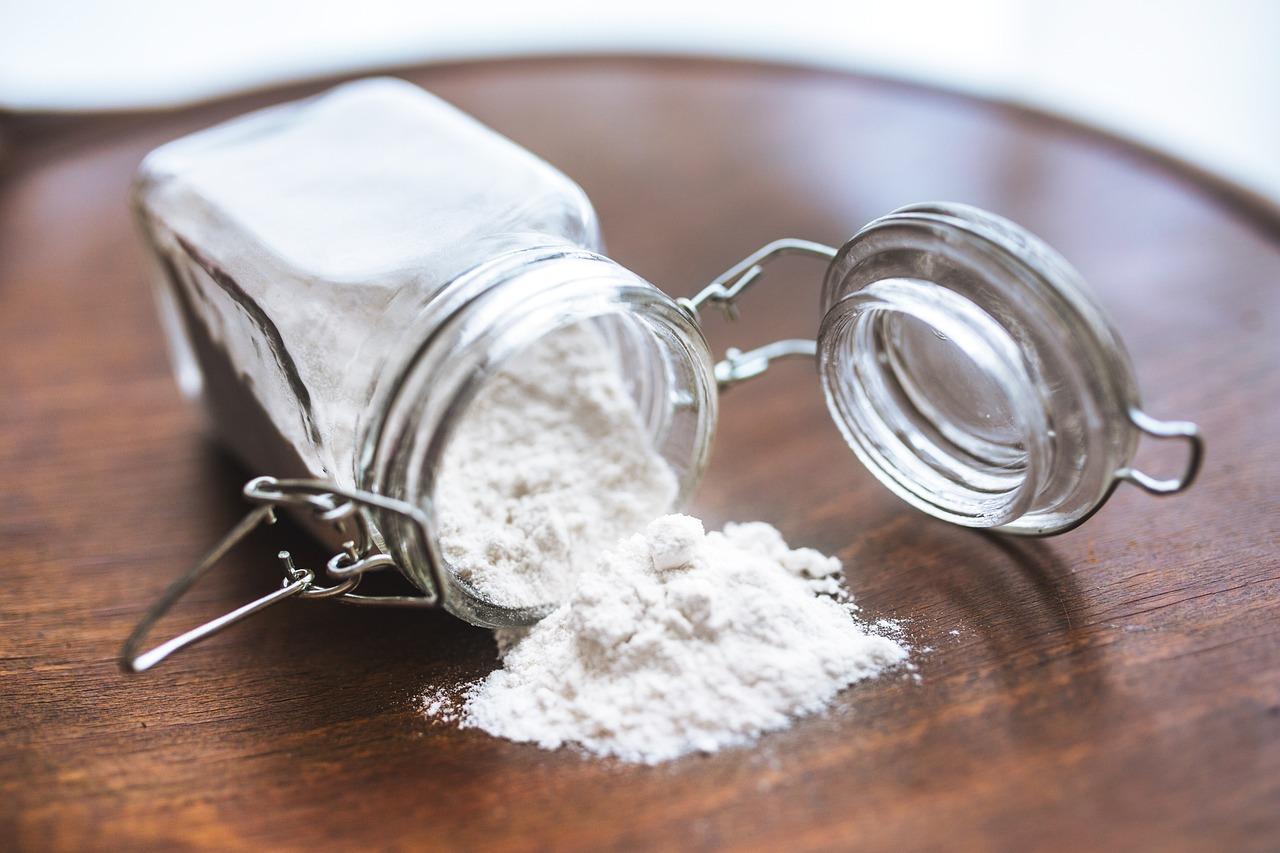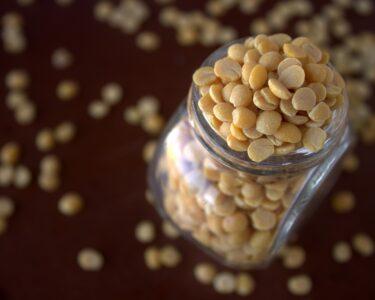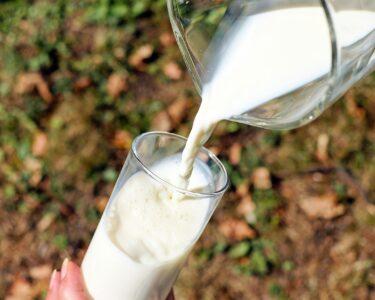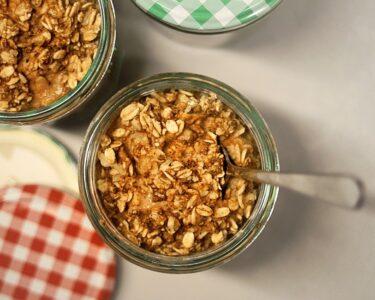Dairy whitener, milk powder, and creamer are common products that we use in daily life. Often we use these terms interchangeably. Are these products the same? Are they healthy to consume on daily basis? This blog is going to be all about a comparison between dairy whitener vs. milk powder vs. creamer under the following aspects-
- What are the uses and differences between dairy whitener vs. milk powder vs. creamer?
- Ingredients and nutrition of dairy whitener, milk powder, and creamer
- Are they healthy for regular use?
- How to make tea/ coffee healthy?
Dairy whitener vs. milk powder vs. creamer powder – What are the uses and differences?
Let’s start with the similarities. Three of these products can be used to make tea or coffee replacing the fresh milk.
Milk Powder
Milk powder or powdered milk is prepared by evaporation of milk. The best part is that in this way milk can be preserved for a long time.
There are different types of powdered milk products available in the market such as –
- Whole milk powder – It is the most basic milk powder where generally cow’s milk is taken for drying using commercial drying technique (mostly spray drying).
- Skimmed milk powder – here, in this case, fat is separated from the whole cow’s milk following the usual commercial technique to get skimmed milk, and then the drying process is applied
Milk powder is comparatively pure as it is generally a single ingredient product which is whole milk or skimmed milk. You can make tea, coffee or any sweets using this.
However, the problem with milk powder is that it often forms lumps once added to water (hot or cold). It takes a lot of time to get dissolved in tea or coffee.

Dairy whitener
To solve the problem of forming lumps, a dairy whitener was introduced.
Dairy whitener is prepared by adding milk powder with sugar and some preservatives (emulsifier/ stabilizers). It does its job well. You can make tea or coffee using a dairy whitener without any hassle of having lumps. You can also try to use this for making your favorite sweet.
Most of the time, we use dairy whitener as an alternative to milk powder. In fact, even if you search for milk powder in the Indian market, most of the time you end up getting dairy whitener.
Creamer powder
Creamers are mainly non-dairy whitener which is basically a mixture of sugar, hydrogenated fat, and loads of various types of preservatives. People who avoid milk products often use this as a whitener for tea or coffee. However few creamers may contain some milk derivatives like caseinate. It is evident that creamer is the most nutritionally inferior product in comparison with milk powder and dairy whitener.
Dairy whitener vs. milk powder vs. creamer powder – the ingredients
There are many popular brands that manufacture dairy whiteners and milk powder in India. However, creamer is not that common among Indians. Though we often use these products interchangeably, A general ingredient list will tell you the difference. Follow table 1 below –
Table 1: Comparison of Ingredient list between Milk powder vs. Dairy whitener vs. Creamer
| Milk Powder | Dairy whitener | Creamer powder |
| Whole milk Or, Skimmed milk Shelf life – 6-12 months |
Skimmed milk powder/ Milk solids Sucrose/sugar Emulsifier Stabilizer Shelf life – 9-12 months |
Glucose syrup/ corn syrup solids Hydrogenated vegetable oil (Palm oil) Sodium caseinate Acidity regulator Stabilizer Emulsifier Flavouring agent Anticaking agent Salt Shelf life – 18-24 months |

Dairy whitener vs. milk powder vs. creamer powder – Average Nutrition Profile
The ingredient list gives you an idea of how good the product can be from a nutritional perspective. Table 2 below, has been prepared to get a clear idea of the nutritional difference between these three products.
Table 2: Comparison of nutrition between Milk powder vs. Dairy whitener vs. Creamer (per 100g)
| Milk Powder a (cow’s milk) | Skimmed milk powder b (cow’s milk) | Dairy whitener c | Creamer powder d | |
| Energy (Kcal) | 496 | 357 | 400 – 460 | 547 |
| Carbohydrate (g) | 38 | 51 | 50 -60 | 56.7 |
| Added sugar (g) | 0 | 0 | 18 | 11.9 |
| Protein (g) | 25.8 | 38 | 20 | 2.2 |
| Fat (g) | 6 | 0.1 | 7- 20 | 34.4 |
| Calcium (mg) | 730 | 1000 | 820 | – |
Data source –
a & b Nutritive value of Indian foods, NIN – ICMR, 2021
c Popular commercial brands in the Indian market
d Popular creamer brand in the Indian market
Dairy whitener vs. milk powder vs. creamer powder– Are they healthy for regular use?
Milk Powder & dairy whitener – Health benefits
- Loaded with nutrition
You need approximately 5-8 liters of milk to produce 1 kg of milk powder. Table 3 below shows how protein, calcium, and other macronutrient contents increased many times in milk powder.
Table 3: Comparison of cow’s milk nutrition in various states (per 100g)
| Whole milk | Whole milk powder | Skimmed milk | Skimmed milk powder | |
| Energy (kcal) | 67 | 496 | 29 | 357 |
| Carbohydrate (g) | 4.4 | 38 | 4.6 | 51 |
| Protein (g) | 3.2 | 25.8 | 2.5 | 38.0 |
| Fat (g) | 4.1 | 26.7 | 1.0 | 0.1 |
| Calcium (mg) | 120 | 730 | 90 | 1000 |
Data source – Nutritive value of Indian foods, NIN – ICMR, 2021

- Rich source of protein
Milk powder and dairy whitener both are indeed rich sources of protein. They contain all the essential amino acids which make them a great choice for growth and development. (4) (5)
- Great for bone health
The calcium content of whole milk powder and skimmed milk powder is impressive. Not only that, powdered milk is often fortified with vitamin D, a fantastic combination to ensure great bone health. (1) (2)
Study shows that milk powder supplementation helps to increase the IGF 1 – a hormone that manages the effect of growth hormone – among adolescents. (3)
- Convenient
You don’t need to boil or refrigerate powdered milk as soon as it arrives home. All you need to do is to keep it in a cool dark place in an airtight container. It’s easy to store and convenient to prepare chai or coffee without much hassle.
- Lower risk of Cardiovascular disease
Research suggests that dairy product with low or normal fat content has no association with cardiovascular disease or heart failure. (6) Another study shows how skimmed milk supplementation helps to reduce serum triglyceride levels in patients with high cholesterol. (7) Therefore if you are the one thinking milk powder may hurt your heart health, you may have to think twice.
Milk Powder & dairy whitener – Health risks
- Oxysterol content of milk powder –
Whole milk or toned milk or double-toned milk contains some cholesterol. Cholesterol present in milk powder, may get oxidized and form oxysterol or oxidized cholesterol.
Oxysterol may reduce the nutritional quality of the milk powder. It also may trigger the formation of cancer-causing properties toxic compounds. Oxysterol is often related to chronic degenerative diseases like dyslipidemia, non-alcoholic fatty liver, etc. (12) (13) (14)
Companies have realized that even a small amount of cholesterol present in milk powder may get oxidized with high heat, light, or long storage time. Therefore, skimmed milk powder is used in most dairy whiteners these days.
- Processed sugar in dairy whitener –
Dairy whitener contains added sugar. Therefore regular frequent use of this may not be a great choice specifically if you are trying to lose weight or fix your health.
- Wrong and long storage may reduce the nutritive value –
If you are buying milk powder in bulk, make sure you store it well. Try to keep it in a cool, dry, and dark place. Otherwise strong light, heat, and longer storage time may reduce its nutritive value. It’s best to buy a small pack at a time.

Creamer powder – Possible health risks
Unfortunately, I am unable to mention any health benefits of having creamer on a daily basis. Rather it has multiple potential health hazards.
Please note, that there is hardly any study on the health impact of creamer. However, look at the ingredient list and the nutritive value mentioned in Tables 1 and 2 above. Creamers are made by combining the worst possible highly processed ingredients for health – sugar, hydrogenated vegetable oil, and preservatives. (11)
Therefore regular frequent usage of creamer powder in coffee increases the risk of the following health risks –
- Mess with your lipid profile –
Trans-fatty acids are created during the hydrogenation of fat (solidification of vegetable oil). Hydrogenated fat is the second ingredient in the ingredient list of a creamer powder. That means it is the second-highest used ingredient in the final product.
Hydrogenated fat and sugar are a deadly combination to mess up your lipid profile. Regular consumption of creamer powder may increase your bad cholesterol, and triglyceride level and reduce your good cholesterol level. (8) (9)
- May raise your blood sugar –
Creamer contains a good amount of sugar in the name of glucose syrup or corn syrup or sucrose etc. If you look at the ingredient list, some form of sugar is always the first ingredient. This indicates the product is nothing but 50% or more of only sugar. If you want to control your blood sugar level, you must avoid creamer. (8)
- May induce inflammation and increase the risk of cancer –
Hydrogenated fat and trans-fatty acids are potent culprits to cause inflammation in the body. Long frequent use, may increase the risk of developing cancer. (8)(10)
How to make tea/ coffee healthy?
What to do? Should you stop drinking coffee or tea? Not really, good quality tea or coffee in moderation has its own health benefits. But to ensure that you must follow these-
- No sugar – Try not to add sugar to your tea or coffee. If you find it hard, then gradually try to reduce the sugar amount.
- No artificial sweetener – Using artificial sweetener to satisfy your taste bud may not be a smart move. Rather work on controlling the sugar craving.
- Try black – Try not to use milk powder or dairy whitener or creamer for tea/ coffee. Let’s try to settle for black tea/ coffee. It may take time to adjust to the taste and satisfaction. Give it a shot. If, you find it really hard, then use fresh milk instead.
- Reduce frequency – Try to restrict yourself to 2 cups of tea/ coffee a day.
- No tea/ coffee after 4 pm – If you are already struggling to fix your sleep cycle, avoid drinking tea/coffee post 4 pm.
- No snacks – Chai or coffee with a plate full of biscuits, bhujia , namkeen, etc unfortunately is the worst possible diet habit. It kills your diet goal completely. So try to enjoy tea/coffee alone preferably black and without sugar.
Do you know tea/ coffee without sugar or milk has zero calories?
Bottom line
Dairy whitener vs. milk powder vs. creamer powder – may confuse you at times. There is no doubt that these products make tea/ coffee more appealing for many. However, try to restrict the use of milk powder or dairy whitener as much as possible and avoid using creamer powder. Develop a habit of having black tea/ coffee without sugar. It will take time but I am sure you can do it.





